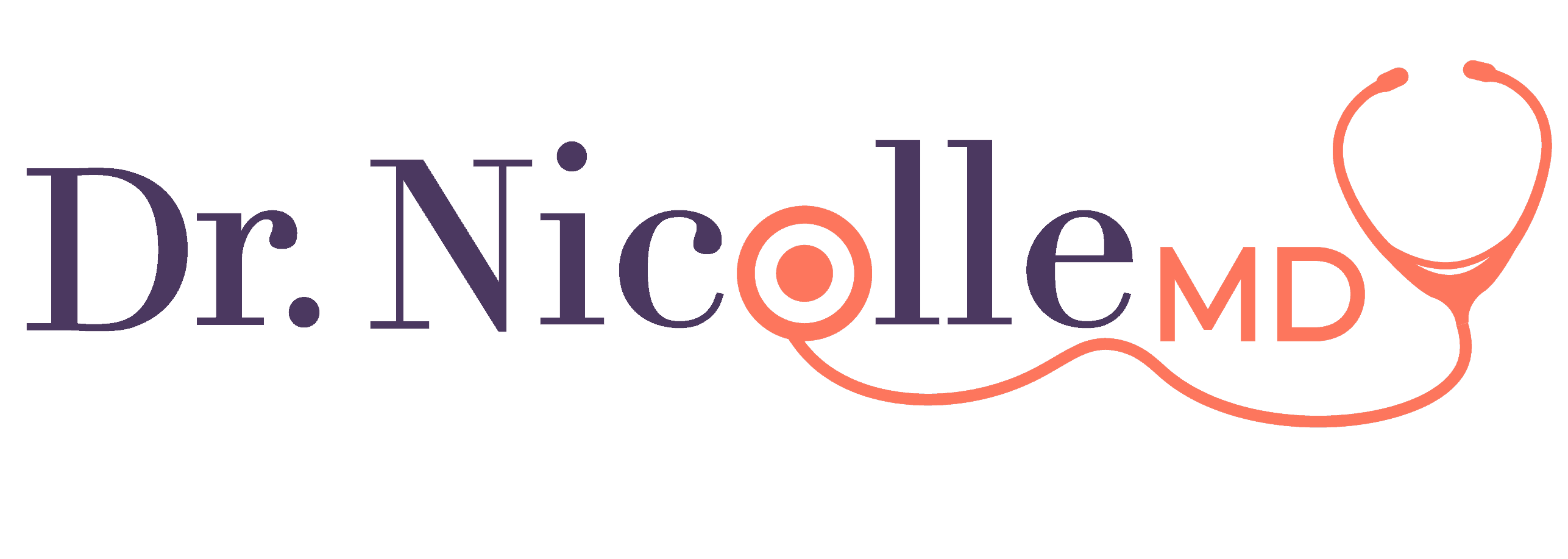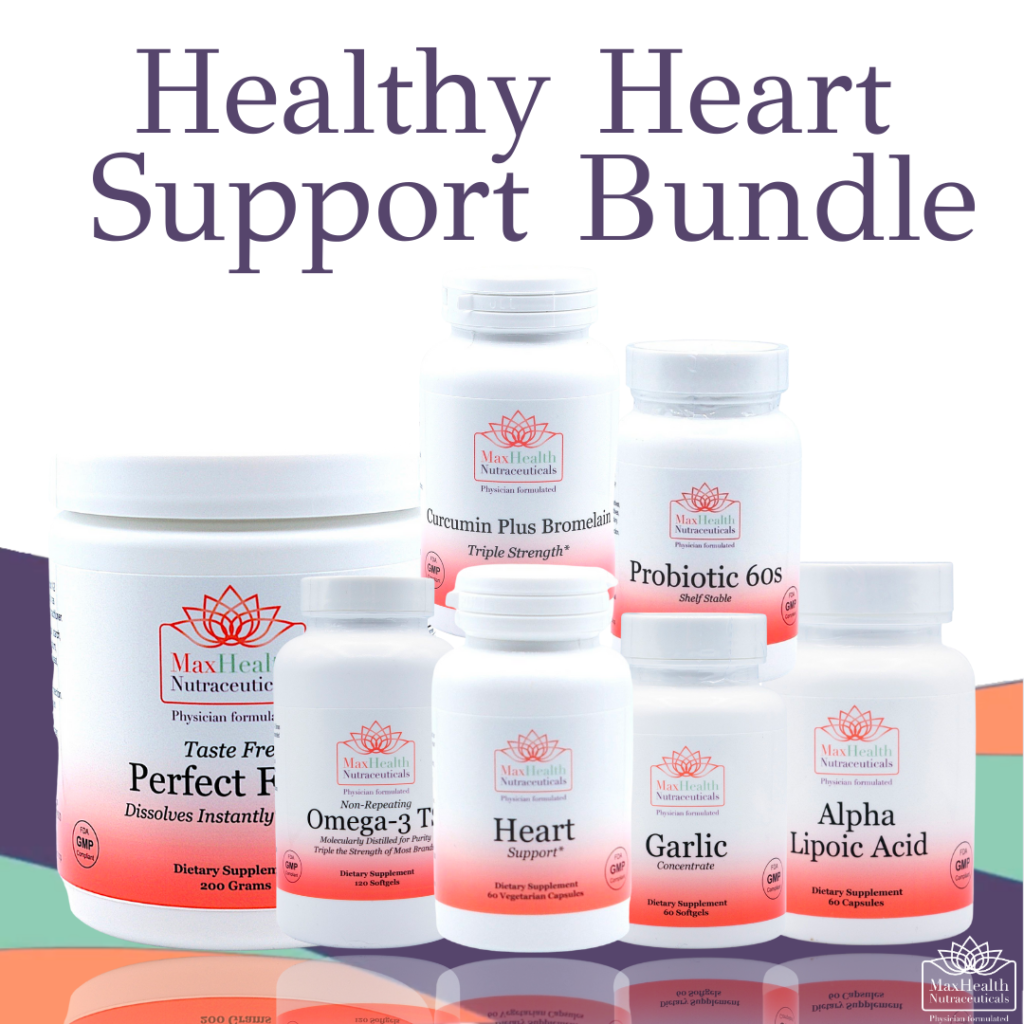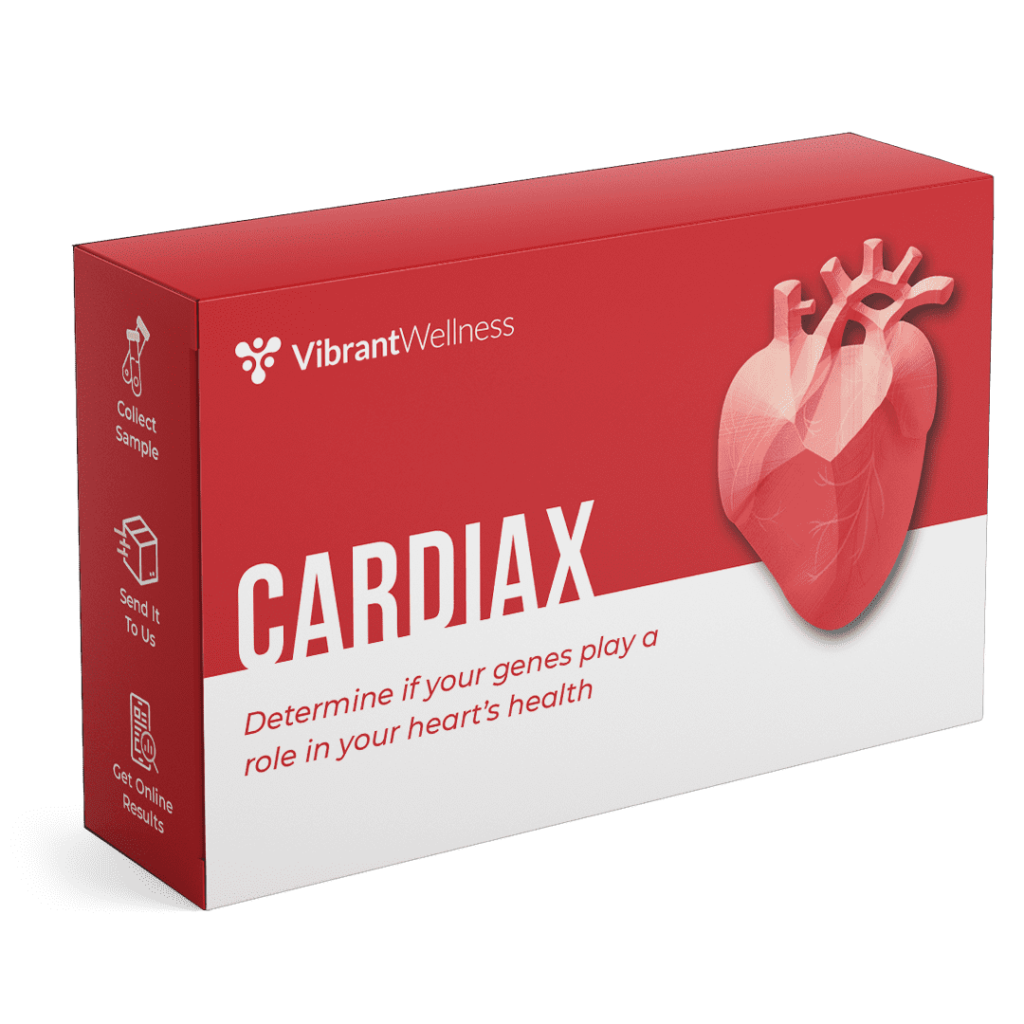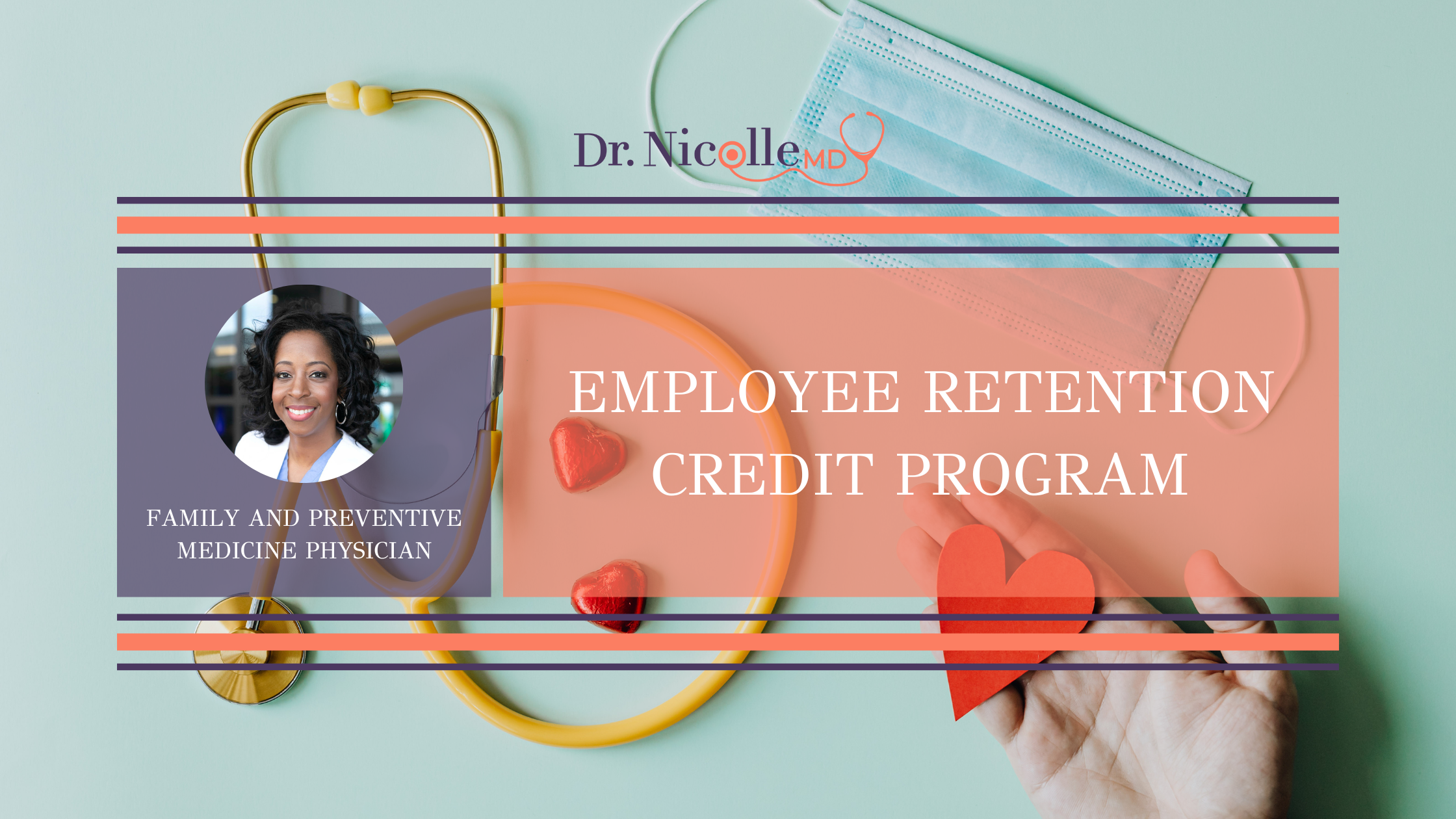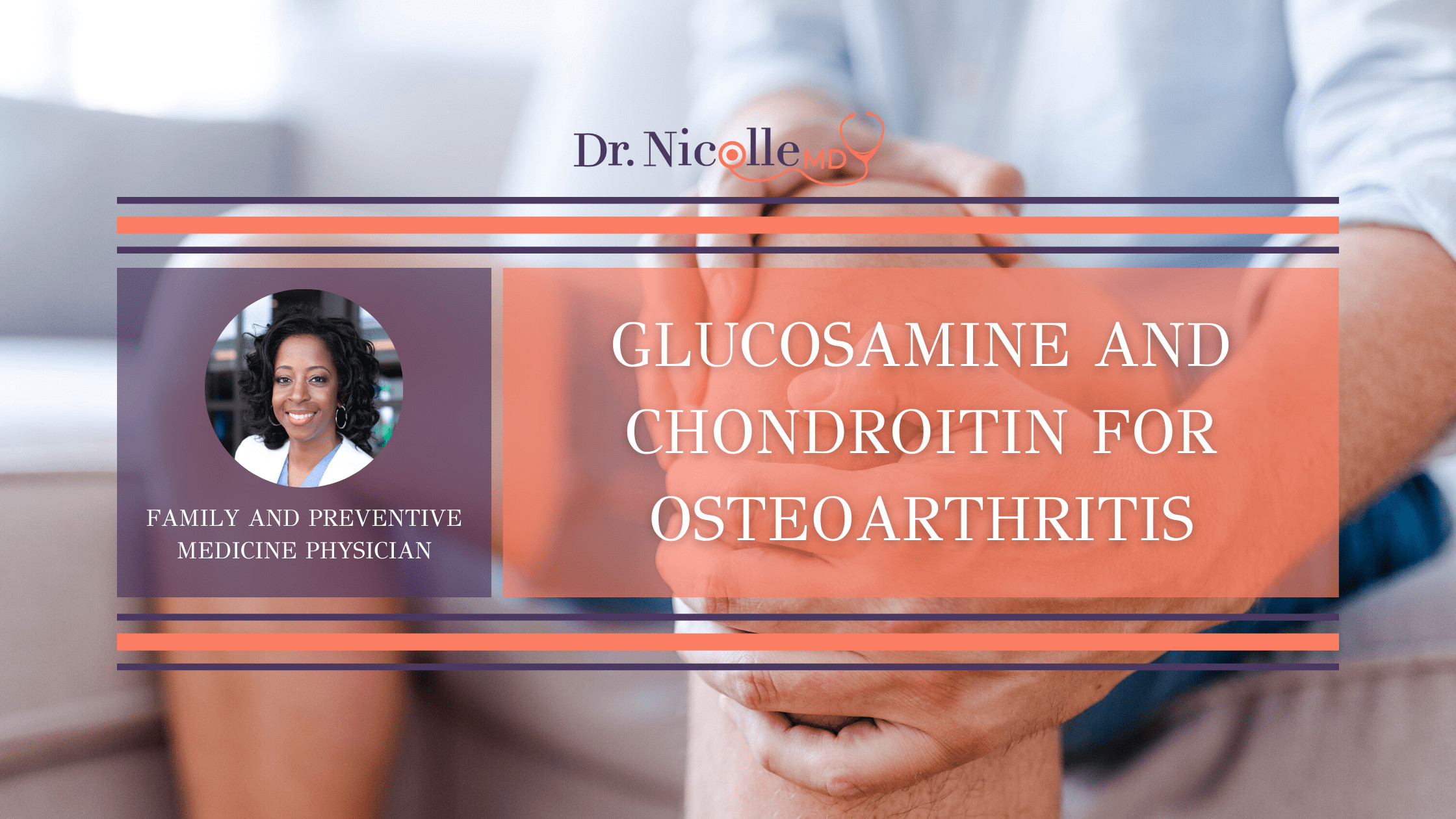
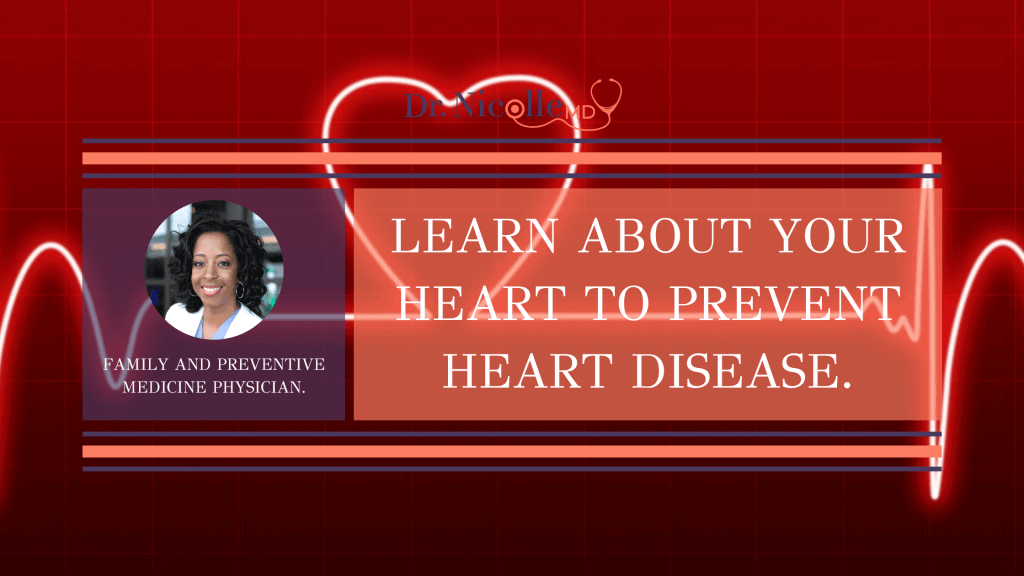
Hello. This is Heart Health Tuesdays! Today, we’ll learn about your heart to prevent heart disease. Your heart is directly involved in supplying all of your organs with the oxygen they need to function properly. Without it, your body would completely shut down.
Using the skeletal and muscular systems, the heart pumps oxygen-rich blood throughout the entire body. This provides all of the nutrients needed by the body to function properly and keeps the blood carrying the nutrients from clotting.
Your heart is the most powerful muscle in your body, beating over a million times in its lifetime, and it’s one of the first things to stop working if you don’t keep your heart healthy. If your heart has any sort of disease, then it can lead to heart attack, stroke, or even death.
This is why it’s so important to take good care of your heart. If you develop heart disease, your heart is no longer able to perform its primary function with the same efficiency.
Learning more about the anatomy and functions of your heart can help you understand not only the role it plays in your overall well-being but also how you can take better care of it to avoid heart disease.
Functions of the Heart
Each day, your heart pumps about 2,000 gallons of blood if it’s functioning regularly.
Your heart is a key component in keeping your blood cells oxygenated and delivering this oxygenated blood throughout your body.
Oxygenating Blood
Your cells could not perform their regular functions without oxygen, and oxygen fuels cellular respiration, which is where your cells use oxygen to break down nutrients into energy and waste. The waste gets discarded, and the energy is used as fuel for your body.
Since oxygen is such an integral part of your cells’ regular functions, your body has to ensure a constant supply is reaching your cells at all times, which is accomplished by oxygenating your blood.
The heart doesn’t supply this oxygen itself, but it does facilitate oxygenation by pumping deoxygenated blood into the lungs.
Circulating Blood
Once blood has been oxygenated, it moves from the lungs back into the heart. It then has to reach the rest of your body.
Your heart pumps this blood through your arteries, which carry it to organs and tissues throughout your body. Contractions, known as heartbeats, push blood through your circulatory system.
Once the oxygen is used up, blood returns to the heart to be oxygenated once again.
Anatomy of the Heart
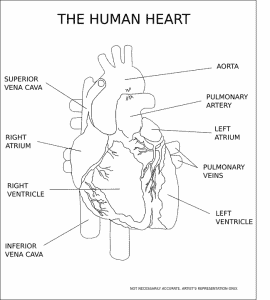
Your heart is a complex organ made up of a series of chambers, valves, and tissues. Each part of the organ is involved in circulating your blood throughout your body, and damage to any of them can jeopardize your health.
Chambers
Your heart consists of four chambers. You have left and right atria located in the upper area of the heart and left and right ventricles in the lower area. The left and right sides are separated by a muscle wall known as the septum.
Blood enters your heart through the atria from your veins. It passes from the atria into the ventricles, which then pump the blood out of the heart.
The atria are thinner than the ventricles, and not as much force is needed to transfer blood between the chambers of the heart. More force is needed to pump blood out through the arteries.
The right atrium receives deoxygenated blood and passes it through to your pulmonary system via the right ventricle. Your left atrium receives oxygenated blood from your lungs, which is then pumped out from your left ventricle to the rest of your body.
Valves
Heart valves control the flow of blood through the heart, ensuring everything stays moving in the right direction.
Atrioventricular valves, also known as cuspid valves, are located between the atria and ventricles. They close as the ventricles contract, preventing blood from flowing backward into the atria once it has passed into the ventricles.
Your heart also contains semilunar valves, which are located near the bases of the ventricles. These valves close and the ventricles relax, and these actions keep blood from flowing back into the ventricles after it’s been pumped out into your circulatory system.
Blood Vessels
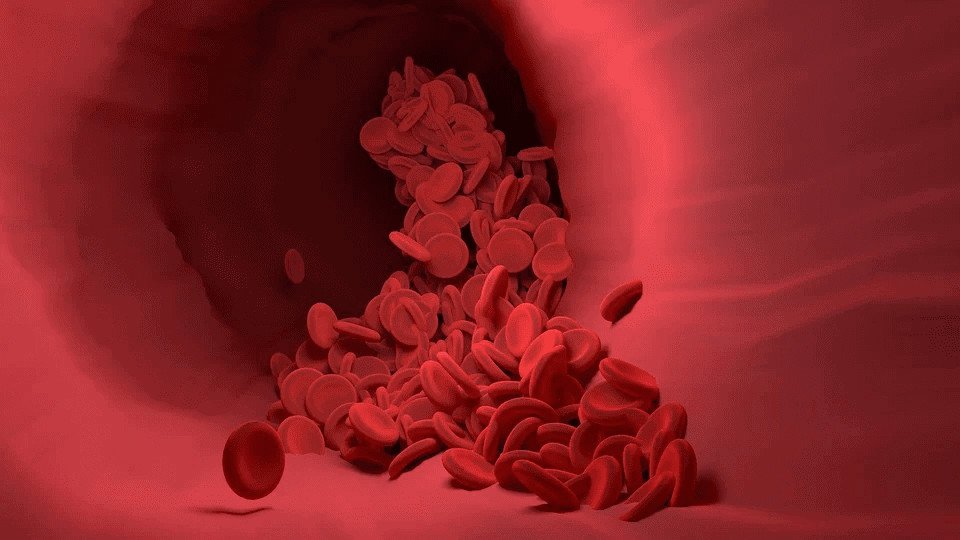
Your heart is connected to many different blood vessels that carry blood to and from different cells and organs. These include both veins and arteries. While your veins bring deoxygenated blood back to your heart, your arteries pump oxygenated blood out of your heart and through your body.
Your largest artery, the aorta, brings blood to many different areas through smaller branches. You also have the superior and inferior vena cava, which bring deoxygenated blood back to the heart from your upper and lower body, respectively. Your pulmonary artery and veins carry blood between your heart and lungs.
Your heart needs oxygenated blood to function too. This is supplied by the coronary arteries.
How Heart Disease Interferes With These Functions
Heart disease interferes with the regular function of your heart by restricting blood flow. Plaque builds up in your arteries, causing them to narrow, which in turn, limits how much blood can pass through them.
Without proper oxygenation in your heart and other parts of your body, your cells won’t have the energy they need to function properly. This can lead to major complications, like a heart attack.
Improving Your Health Through Heart Disease Treatment
Thankfully, there are many ways to keep your heart healthy and prevent heart disease. Common heart disease treatments include following a heart-healthy diet, quitting smoking, and getting more exercise.
Food For Thought
Properly caring for your heart allows it to function efficiently. The more heart-healthy choices you make, the easier it is for your heart to continue to oxygenate and circulate blood like it’s designed to do.
If you would like to receive a free resource sheet to support your quest for better heart health, click the button below to receive your gift.
I’m excited to talk about this topic today because not only do I truly believe that you have the power to reverse heart disease and lower high blood pressure to improve your health, but the science also agrees! You can adopt healthy lifestyle practices that improve your health and enrich your life, which can in turn improve the lives of those close to you. You have the power to break the cycle of these chronic diseases so that you can leave a legacy of health to your loved ones.
As you may already know, I use lifestyle medicine as the first line of treatment, before medications, to treat lifestyle-related chronic diseases. Lifestyle-related chronic diseases include diabetes, hypertension, obesity, and some cancers, just to name a few. Lifestyle practices, such as eating a whole-food plant-based diet and regular physical activity, can help you improve blood pressure and reverse heart disease. In certain cases, these approaches may even outperform pharmaceutical therapy. But I always tell my patients that conventional medications may be appropriate at this time to prevent catastrophic illness, but over time, you can work to make the necessary lifestyle changes to possibly reduce and/or eliminate medications. Please remember to always consult your physician for your particular needs and circumstances prior to making any decisions whatsoever.
Is Dietary Supplementation Right For You?
There is a common saying, “You can’t outrun a bad diet.” This is especially true when it comes to heart health. Diet is sooooo very important… Did you know that your diet could be the key to a healthy heart? It’s true – what you eat (and don’t eat) can have a big impact on your cardiovascular health. So, if you’re looking to keep your heart in tip-top shape, make sure you pay attention to what you put on your plate.
Unfortunately, it can be difficult to eat a healthy diet in this day and age. It is very important to note that we are not eating the same foods we ate years ago because the soils have been depleted of critical nutrients through current industrial farming practices. And because the soil is not as good as it used to be, the food supply (grown from the depleted soil) is not as good as it used to be. For example, you are not getting the same levels of magnesium as you would have gotten 30 or even 50 years ago.
Second, much of the food has been genetically altered, which can impact the inherent and unique nutritional composition that each food possess. For example, ancient einkorn wheat has less gluten, more protein, more Vitamin A, and more beta carotene, than modern genetically modified wheat.
Third, the toxic load in the environment today is much higher than 100 years ago. We can see this with global warming, toxic landfills, polluted oceans and waterways, etc. Toxicity levels interfere with nutrient assimilation and absorption not just into the foods, but into our bodies as well.
For some people, vitamin and mineral supplements offer important health benefits. Supplements are designed to fight deficiencies found in our diet and complement the food we eat regularly. Supplements are basically “helping hands” to our daily food.
If you need extra help in getting the nutrients you need, and/or are unable to eat better, the supplements in my Healthy Heart Bundle may provide the extra boost you need.
These are my favorite Heart Health Supplements to use! This Healthy Heart Bundle will ensure you have the intake of the important vitamins, minerals, and probiotics to decrease inflammation and boost your innate wellness day and night. Taken together, it’s a solid plan for increasing your body’s natural resiliency while you lose weight and improve your heart health, naturally.
For best results make sure you use my heart health supplements with dietary changes including a whole food plant-based diet, regular exercise (at least 2-3x per week), regular sleep (8 hours per night), and intermittent fasting (at least 1-3x per week).
Tools to Improve Heart Health
Blood Pressure Monitoring
It’s very important to monitor your blood pressure. I often recommend an automatic upper arm blood pressure cuff, but a wrist blood pressure monitor is also acceptable.
Weight Monitoring
Since weight management is very important in blood pressure control, I recommend that you be mindful of your weight and its fluctuations, and that you monitor your weight AT LEAST on a weekly basis. I recommend a scale that includes a body composition monitor.
Taking Charge Of Your Heart Health
Heart health is a big topic. It’s in the news, on our minds, and for good reason; heart disease remains the leading cause of death in the U.S. But what if there was something you could do proactively to help protect your heart from future problems? Enter the CardiaX test—a revolutionary new way to take charge of your heart health!
What is CardiaX?
CardiaX is a comprehensive genetic testing panel that looks at mutations associated with common cardiovascular risks. It can be used to determine if there are any genetic factors at play in your heart health, and it can also identify potential areas of risk that may require further action. With this knowledge, you can make informed choices about your health today with the aim of improving long-term heart health outcomes.
Who Might Benefit from CardiaX?
If you have been diagnosed with or are at risk for atherosclerosis, abnormal cholesterol production, hypertension, stroke risk, and risk for heart attack then you may benefit from this test. Additionally, anyone who wants to know more about their genetic predispositions for common cardiovascular risks may also want to consider taking this test as well.
What Can I Do With My Results?
Your results will give you an indication of whether or not there are any potential genetic markers playing a role in your risk for developing certain conditions related to heart health. From there, you can work with your healthcare provider to develop a plan that takes into account these findings and helps you develop strategies for managing them going forward. In addition to lifestyle changes such as diet and exercise modification, selecting medications that are tailored specifically to your genetics could be beneficial as well.
In A Nutshell…
The CardiaX test is an exciting new way to take charge of your heart health by learning more about how genetics might be playing a role in certain cardiovascular risks. With this knowledge in hand, patients can make decisions informed by their own unique genetic profile that will help reduce their overall risk for developing certain conditions associated with heart disease. This type of proactive approach is key when it comes to protecting ourselves against this all-too-common affliction—so don’t wait another minute! Take control of your future and get started with the CardiaX test today!
Remember, healthy lifestyle behaviors–like eating a whole-foods plant-based diet that is low in sodium, being physically active, and stress management are the best ways to prevent and control high blood pressure. Please talk with your doctor about any complementary health approaches, including supplements, you use.
Some of the links in this article are "affiliate links", a link with a special tracking code. This means if you click on an affiliate link and purchase the item, we will receive an affiliate commission.
The price of the item is the same whether it is an affiliate link or not. Regardless, we only recommend products or services we believe will add value to our readers.
By using the affiliate links, you are helping support our Website, and we genuinely appreciate your support.
Last updated on January 28th, 2022 at 03:20 am

Minimize Medications. Maximize Health.
Are you super busy but need to take control of your health? Are you tired of being tired? Subscribe to my “Minimize Medications, Maximize Health Blog” and I’ll give you 7 Tips to Get Healthy in No Time absolutely FREE.
